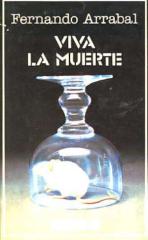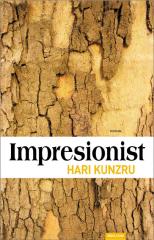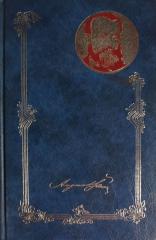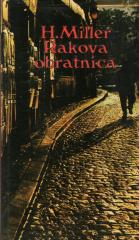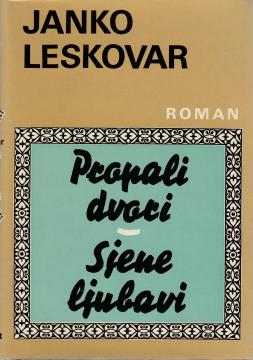
Propali dvori / Sjene ljubavi
"Propali dvori" is a novel by Janko Leskovar, published in 1896, which deals with deep psychological analyzes of the characters, emphasizing internal conflicts and feelings of disharmony with the outside world.
The action takes place in the surroundings of a ruined noble estate, which symbolizes decadence and the decay of former wealth. The main character, Fabijan Knezović, is a young man of humble origin, but highly educated and idealistic. Fabijan comes to the estate of the Kamiločević family, which is on the verge of financial ruin.
The family consists of the elderly Kamiločević, whose energy is spent, and his daughter Laura, a young but depressed woman, burdened by the burden of the family's past and social expectations. Fabijan falls in love with Laura, but that love is doomed in advance because of Laura's melancholy, which prevents her from finding happiness or a way out of her own psychological darkness.
Fabijan tries to help his family and restore the estate, believing in the power of work and will. However, faced with Laura's emotional coldness and his own growing doubts about the possibility of change, he eventually gives up on his attempts. Laura remains imprisoned in her suffering, and Fabijan leaves, deeply disappointed.
One copy is available
